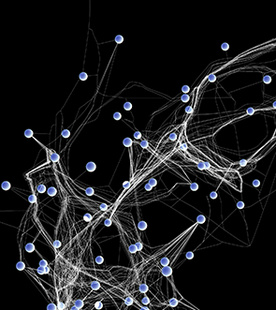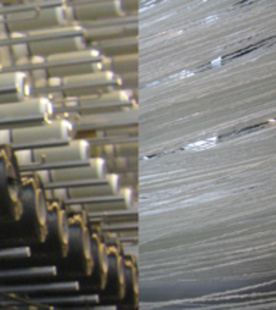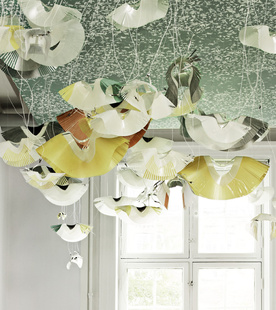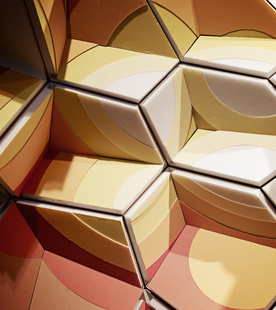Adrien Rigobello: Substrate taxonomy for complex fungal architecture
Situated within Fungal Architectures H2020 that focuses on developing a living fungal automaton at the architectural scale, and with a strong focus on sustainability and affordability, this thesis research develops a substrate-oriented constructive methodology that contributes to an architectural understanding of a more-than-human ecological welfare.

The thesis work sits within the Fungal Architectures project, which aims at developing a fungal automaton at the architectural scale. This automaton will be used to transmit information on the qualities of its environment and the bioelectrical activity of fungi is being studied to describe its logic, computational behaviour.
Since their popularisation in 2009 with Philip Ross’ Mycotecture Alpha installation, mycelial composites have attracted investigation in the fields of design and architecture; The Living’s Hy-Fi intervention for MoMa PS1 in 2014 and MycoTree for the architecture biennale of Seoul in 2017 (Heisel et al., 2017) are demonstrative of the growing interest for this material composition method. The resort to mycelia in these domains aims at reducing the environmental impact of fabrication processes so far, mycelia being considered as binding agents rather than living microorganisms. Fungal Architectures presents a new challenge for architecture by its speculative aim: how to host living fungi, actively decaying their substrate, while maintaining the structural integrity of a work? Rather than providing a limited substrate that a mycelium completely colonises, that is then dried to stop the decaying process, we are aiming at keeping it alive on the longer term - host it.


Through this research a methodology is described to establish mycelium colonisation and welfare throughout the work. The research consists in describing the principle substrate qualities that can be instrumentalized to predict and control fungal growth within; a stochastic simulation model is then being developed to support these activities. A selection of lignocellulosic substrates is then assessed by experiments and simulation to build a taxonomy that characterises the role they play during fungal colonisation, and the role they can endorse in an architectural system. A particular focus is being drawn on the effect of the substrates chemical and geometric composition on living fungi bioelectrical activity. Through this area of research a number of disseminations are imminent, in mycelium-based composites design (material science) and architectural theory (stochastic modelling and uncertainty in architectural representation methods of non-human activities, material semiotics, sociology).
The methodology that is described is especially concerned with maintaining the architectural work. This phase of the lifecycle is the most important as the longest and needs to be ensured by non-specialist users. The designed tools and methodologies will take part in the technical knowledge transmission with regards to interacting with fungi, hence they will gain in being frugal and inclusive. The principal influence for this quality of the research is traditional vernacular architectures and terroir, as their cosmotechnics articulate on the local availability of material and human resources, and where technique is as useful for transmitting knowledge as for conveying a semiotics of care for the situated territory of intervention within a community and through its generations. The intention of the project lies in the architectural proposition of an alternative to the modernist ontology of nature for its occupants. This thesis aims at contributing to an informed practice of technique in architecture, especially towards sustainable and inclusive projects aiming at symetricizing inter-species and human relationships.





